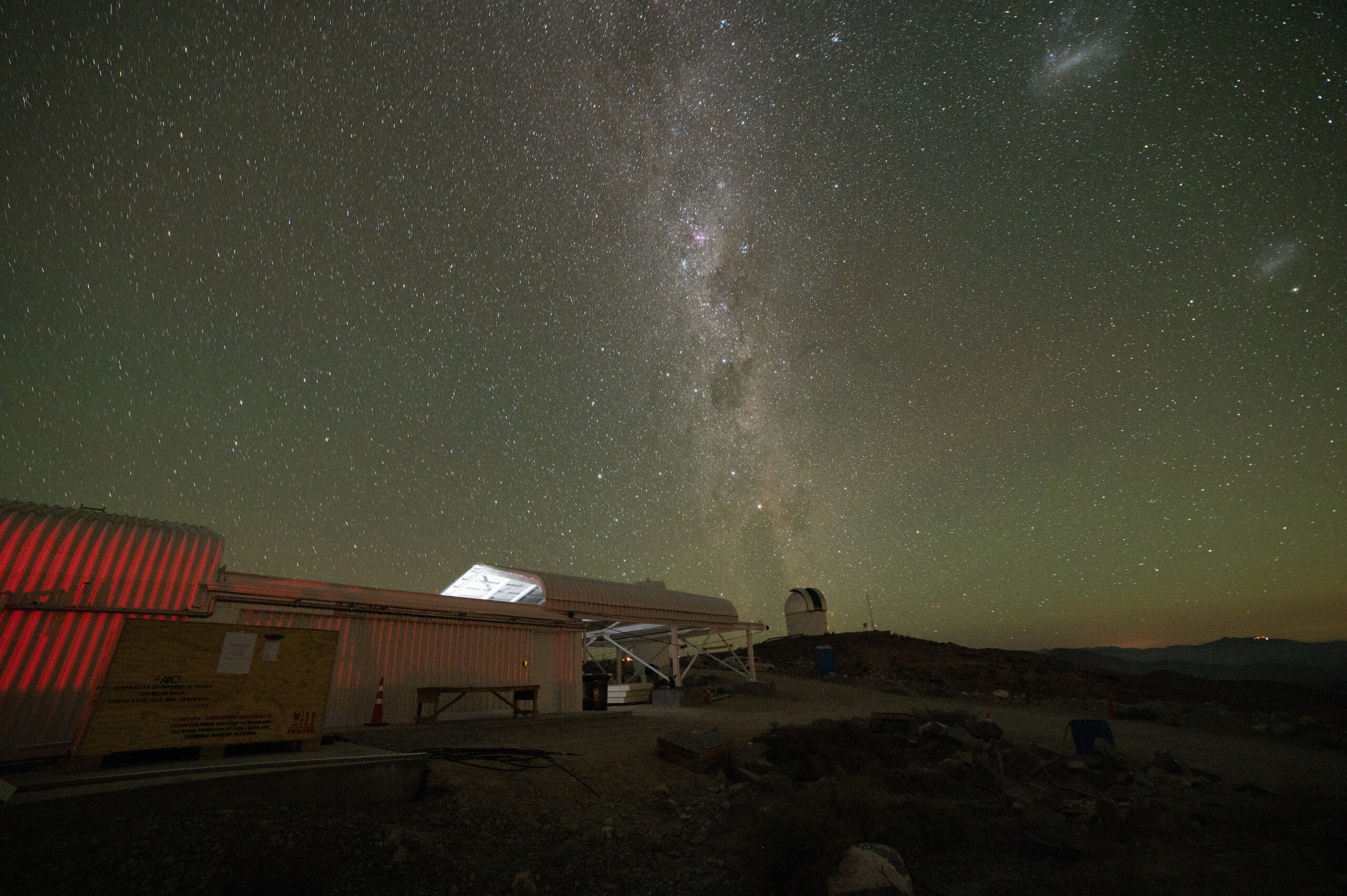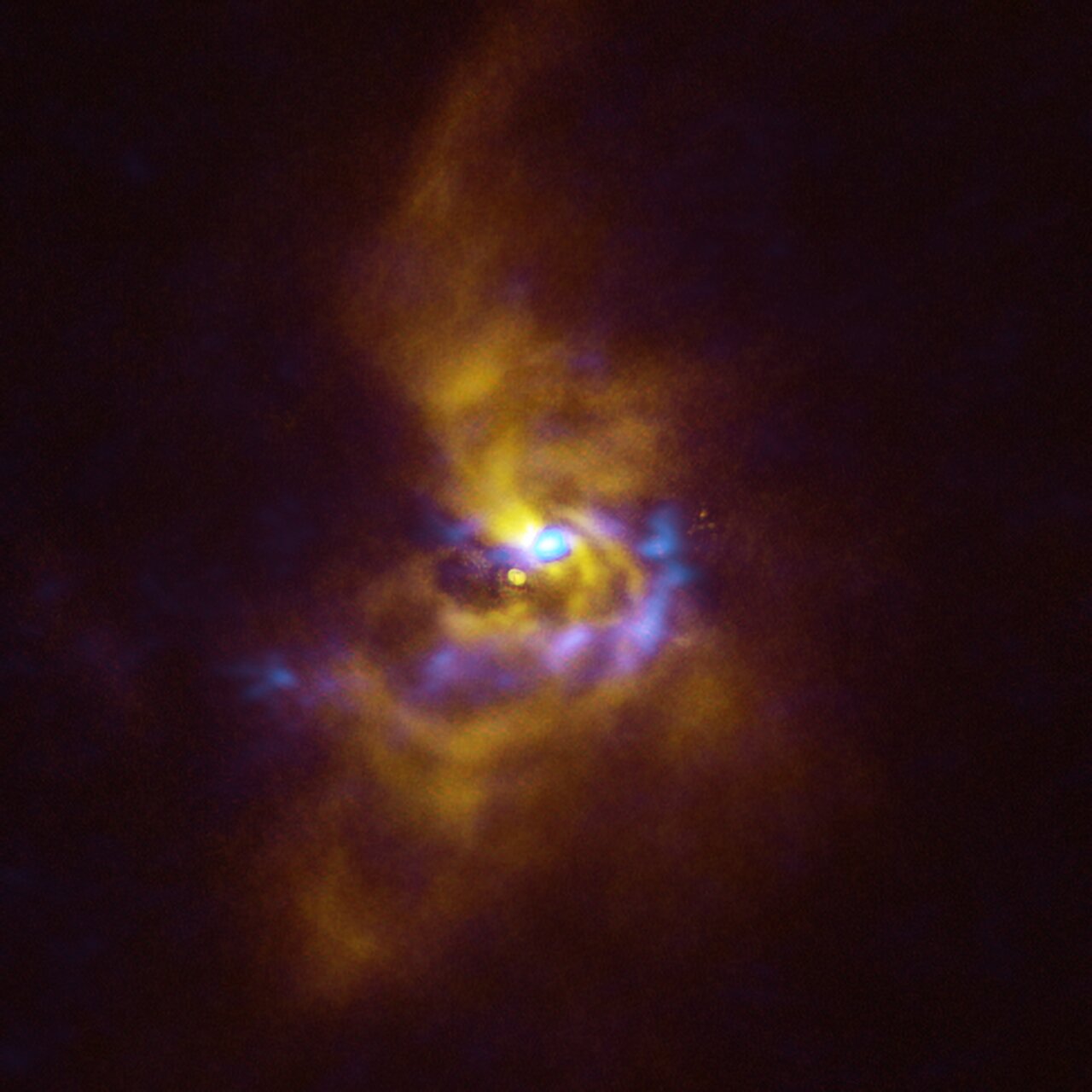
ESO/Messenger article about the deepest ALMA survey in the Hubble UDF
Together with Dr. F. Walter (MPIA), R. Decarli (INAF-Bologna), and C. Carilli (NRAO), Prof. Manuel Aravena (UDP) has recently published an article for the general public on the ESO/Messenger magazine. The article briefly reviews the milestones achieved by the on-going ALMA Spectroscopic Survey in the Hubble Ultra Deep Field (HUDF), including a summary of the main peer-reviewed papers published so far on this topic. Please check out the ESO/Messenger article here.
Abstract: The ALMA Large Programme ASPECS (The ALMA SPECtroscopic Survey in the UDF) set out to measure the dust and molecular gas content in distant galaxies in the best-studied cosmological deep field, the Hubble Ultra-Deep Field (UDF). Thanks to a unique observing technique, the survey resulted in a full census of gas-rich galaxies in the UDF, yielding dozens of detections in dust continuum and molecular gas emission. Their physical properties could be accurately constrained thanks to the unparalleled wealth of ancillary data, including the most sensitive Hubble Space Telescope (HST) and VLT/MUSE observations. The data confirm that, on average, the gas mass fractions of distant galaxies decreased by an order of magnitude since redshift 2, and that the gas depletion times are ~ 1 Gyr, in approximate agreement with the local value. The ASPECS deep Band 6 continuum map of the field shows that more than 90% of the dust continuum emission in the field has been resolved in individual galaxies. The total CO emission in this well defined cosmological volume is used to constrain the evolution of the cosmic molecular gas density. Together with previous measurements of the evolution of the cosmic densities of stellar mass, star formation rate and atomic gas, these measurements provide quantitative constraints of the gas accretion rate onto the central discs of galaxies.









